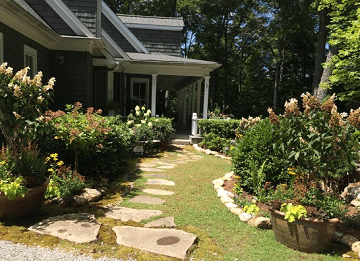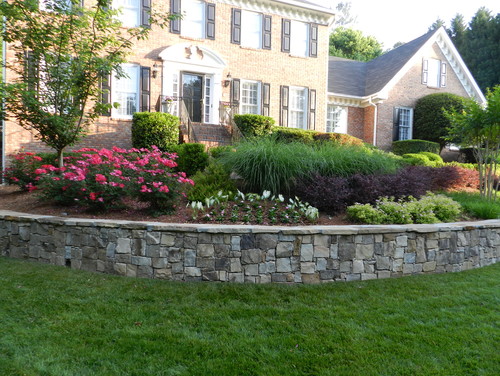
Winter will soon be upon us, but that doesn’t mean your garden duties can be placed on the back burner. There are several important landscape maintenance procedures to perform before the cold snap arrives. By preparing your landscape for winter weather, you’ll ensure grass, trees and perennials survive the winter and that beds will be ready for new plants in the spring.
While leaves can provide valuable nutrients to grass and soil, thick layers of wet leaves can smother your lawn when they compact. If you have a large amount of leaves on your lawn, it’s best to rake them into a big pile that can compost over the winter, or to use a mulching mower to shred them so they’re not as heavy.
To best prepare your trees for the cold weather, you should protect smaller, new plantings with chicken wire or specialty cages to keep animals that feed on tender bark. Remember to fertilize young trees, and if you live in a fairly dry climate, water them until they’re well-saturated before the ground freezes. For large trees, trim off any unhealthy branches that may crack or break under the weight of snow. Lastly, spread a good layer of mulch around your trees to help regulate the temperature.
Contrary to the notion that perennials need lots of care in the winter, a gardener has the opportunity to be part of the web of life, and do nothing. If you like order and structure in a perennial garden, simply break or bend down the stems and place them on the ground so they become natural mulch.
To help pollinators overwinter, a messy perennial garden is not all bad! By leaving seed heads and stems standing and intact over winter, native bees, eggs from butterflies and other pollinators are allowed to complete a natural cycle. As the plant matter decays, organic bits nourish the ground and the eggs fall with it. Pupae who hatch therefore remain in situ, ready to help your garden, and other gardens nearby, be pollinated and to set seed in the future.
Leaving 6-8″ of stems cut back or bent also provides places for birds to perch and peck thru the leaf litter looking for insect larvae…and essential food to nourish them through the winter.
Performing landscape maintenance will ensure your vegetation not only survives the winter, but thrives in the spring. Visit Dargan Landscape Architects for beautiful landscape inspiration in the autumn months, or contact us today about your landscape design.
